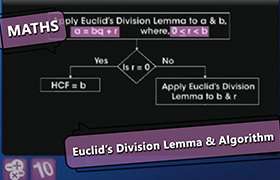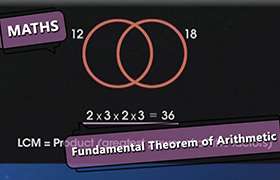CBSE Class 10 Answered
Let there be 2n+1 terms in the A.P.
we know that 2n+1 is an odd number where n is a non negative integer.
Now out of these 2n+1 terms,
n+1 terms are going to be in odd positions like 1,3,5... 2n+1and n terms are going to be in even positions like 2,4,6... 2n.
So if the first term of the given A.P.is a and the common difference is d
then t
the terms in odd positions are a,a+2d,a+4d...a+(2n)d
the terms in even positins are a+d,a+3d,a+5d...a+(2n-1)d
So ,
sum of the terms in odd positions
O(say)
=a+{a+2d}+{a+4d}+...+{a+(2n)d}..(these are total n+1 terms)
=(n+1)/2[a+a+(2n)d]
=(n+1)[a+nd]
simly,
sum of the terms in even positions=E(say)
=(a+d)+(a+3d)+...+(a+[2n-1]d)...(these are n terms)
=n/2[(a+d)+(a+[2n-1]d)
=n[a+nd]
So required ratio=
O/E
=n+1[a+nd]/n[a+nd]
=n+1/n
Hence proved.














